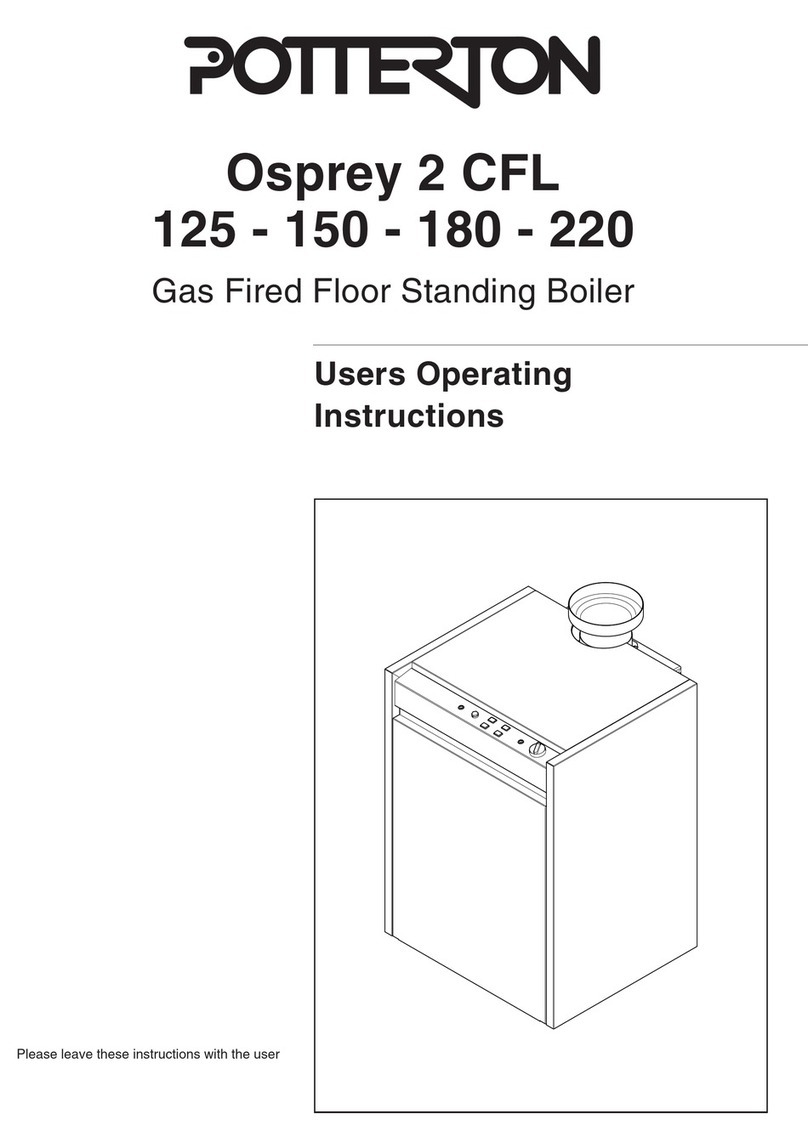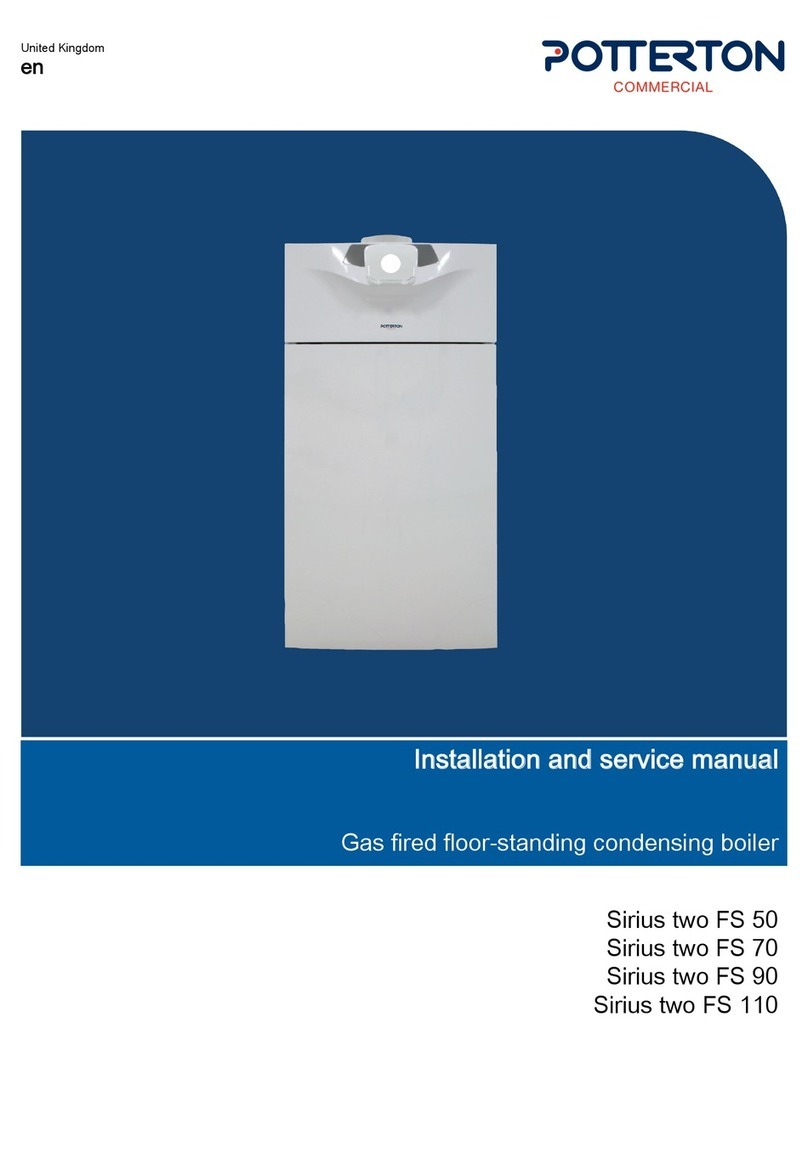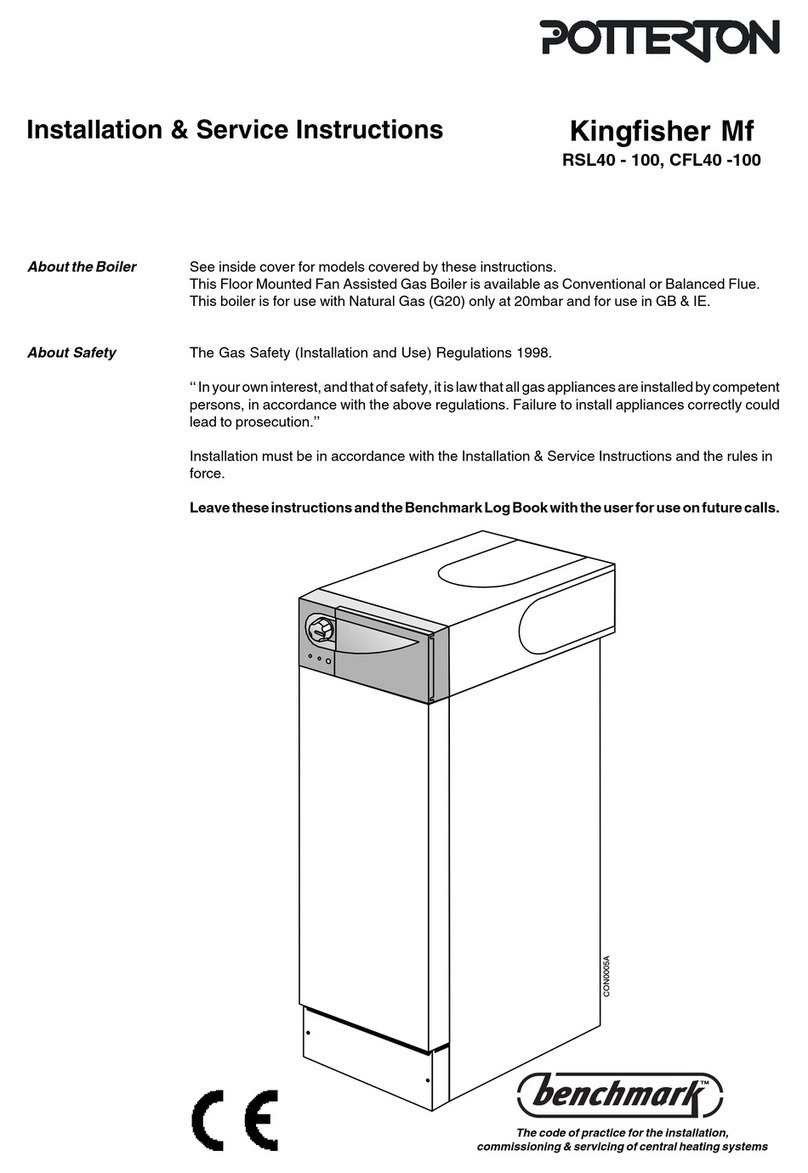Potterton PROFILE LPG 100e User guide
Other Potterton Boiler manuals
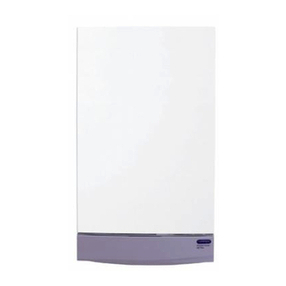
Potterton
Potterton Promax Combi HE Plus A Range Installation and maintenance instructions

Potterton
Potterton Performa 30 HE User manual

Potterton
Potterton Lynx Electronic User manual
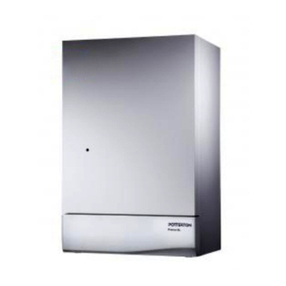
Potterton
Potterton Promax SL Range Installation and maintenance instructions
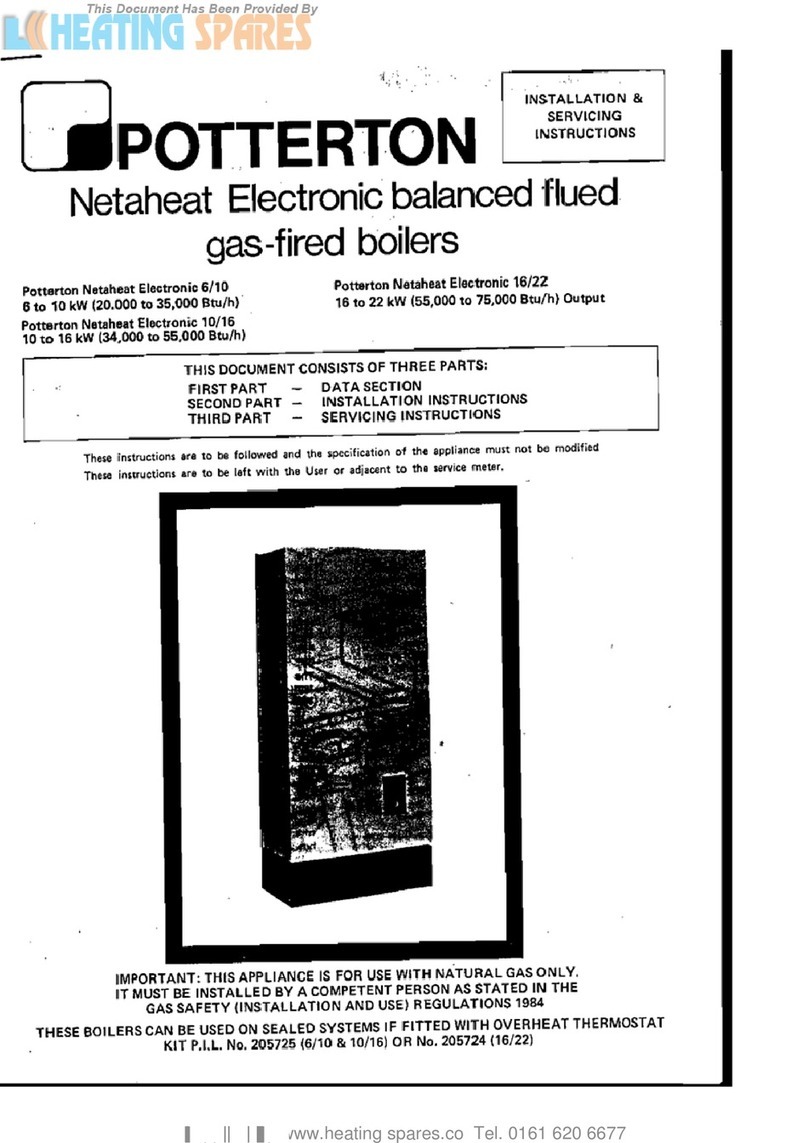
Potterton
Potterton Netaheat Electronic 6/10 Release note

Potterton
Potterton PROMAX 12 User manual
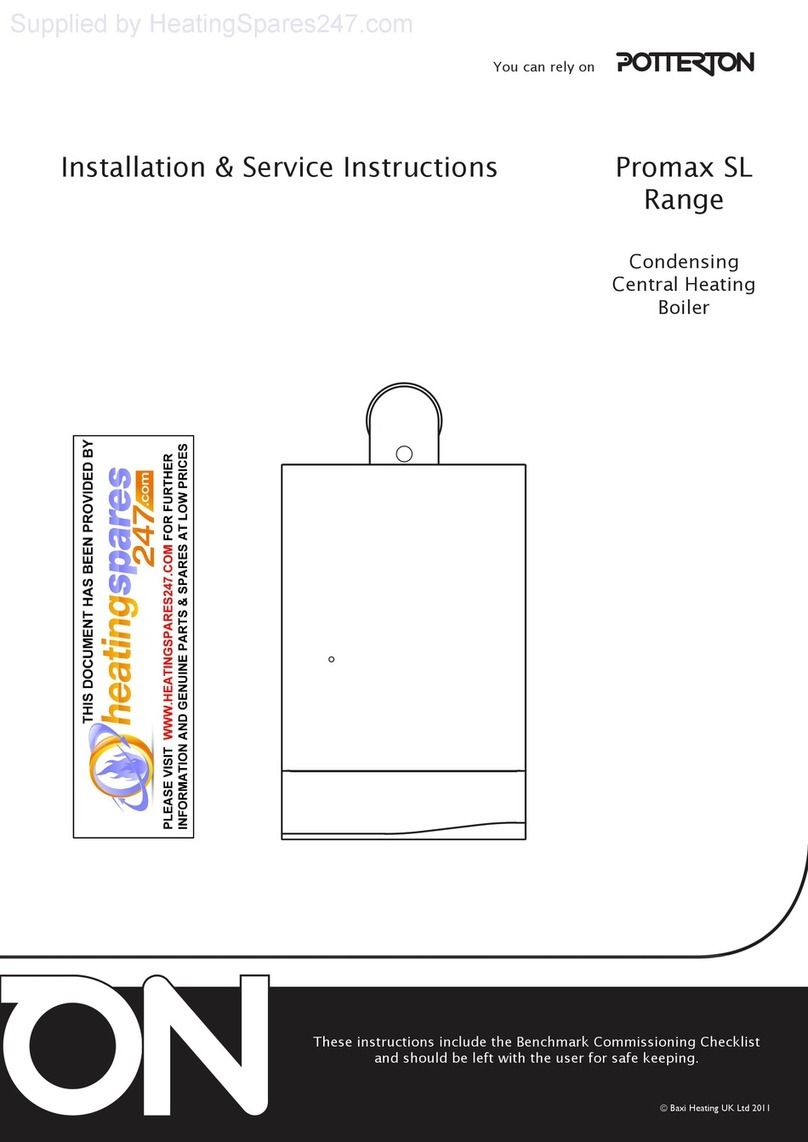
Potterton
Potterton Promax SL Range Installation and maintenance instructions

Potterton
Potterton Statesman 50/70L Installation and maintenance instructions

Potterton
Potterton Performa 28i User guide
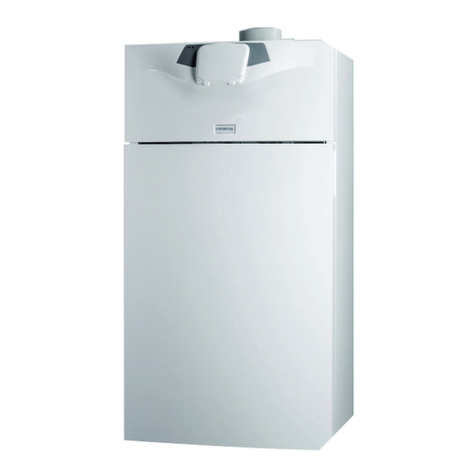
Potterton
Potterton SIRIUS THREE FS 130 Troubleshooting guide

Potterton
Potterton Performa 24 Operation instructions
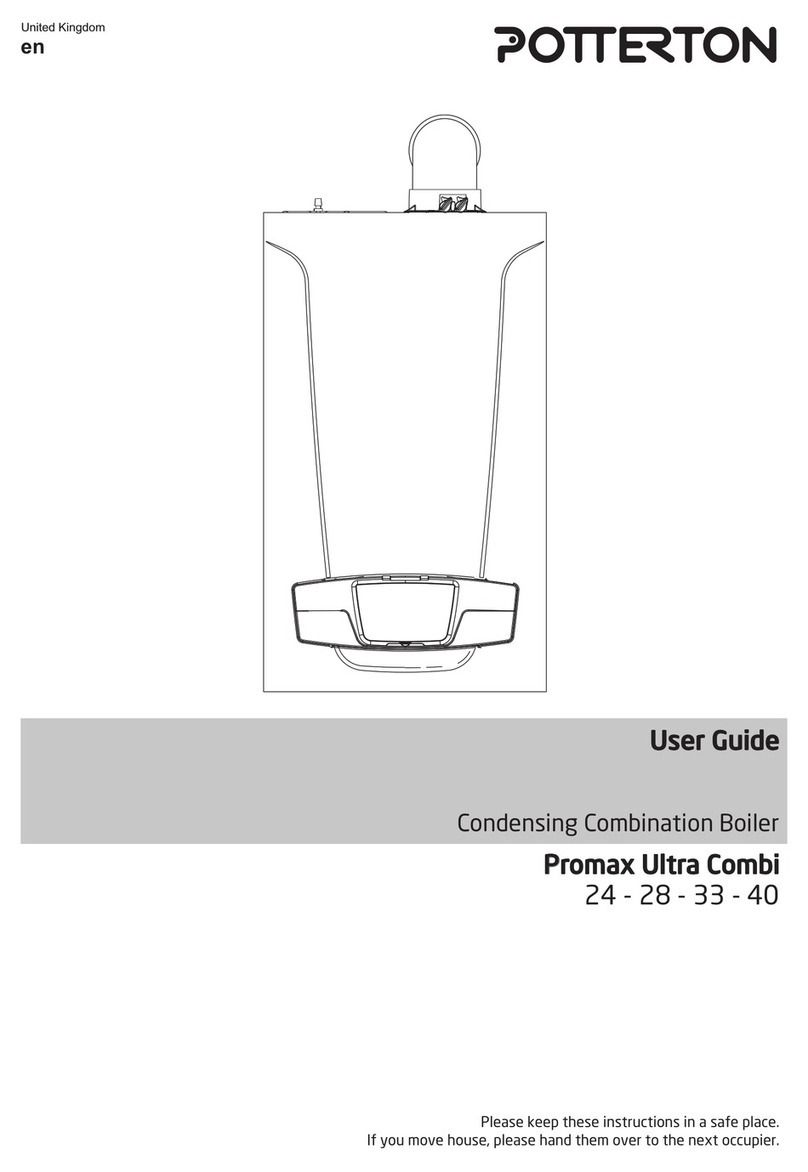
Potterton
Potterton Promax 28 Combi ErP User manual
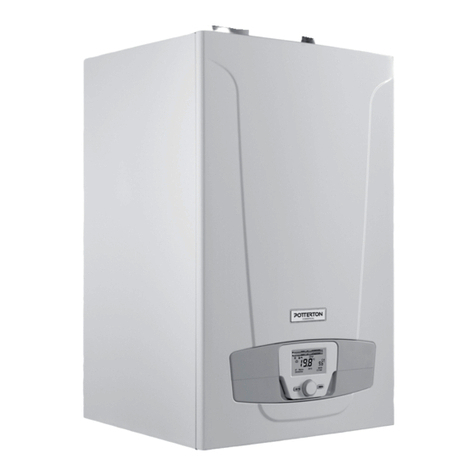
Potterton
Potterton Sirius Three WH-130 User manual
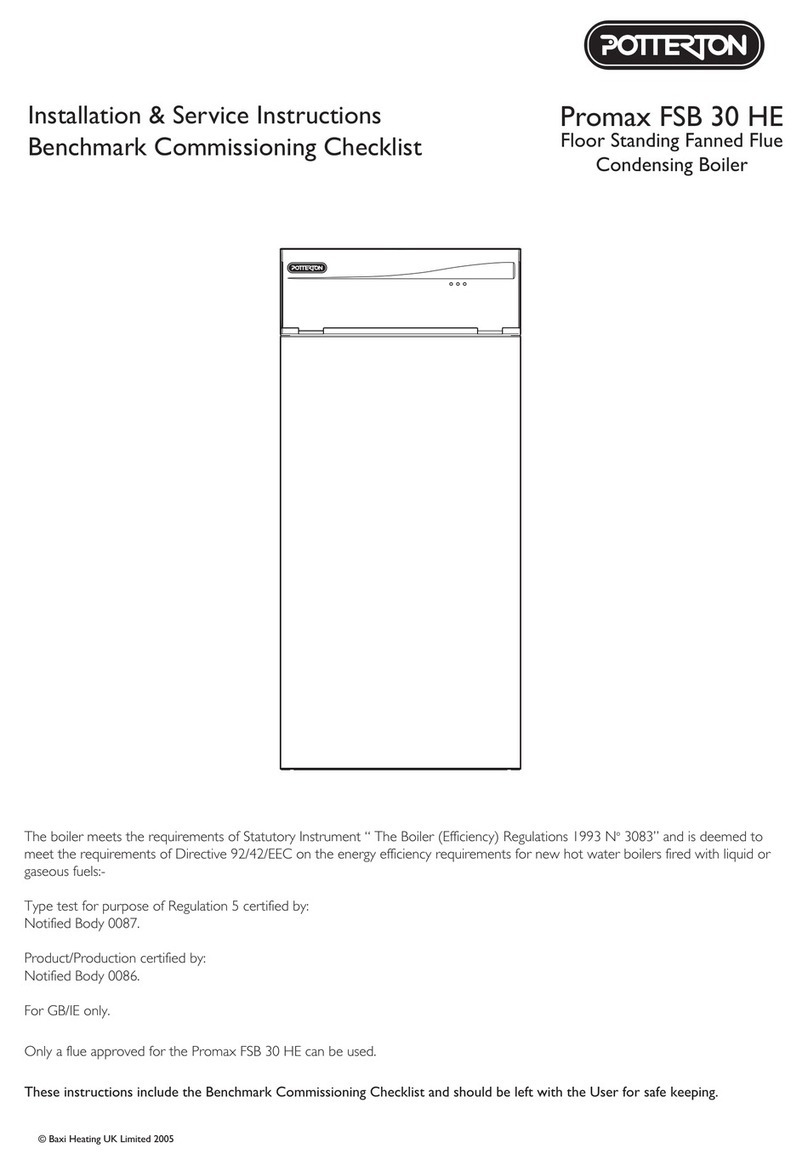
Potterton
Potterton Promax FSB 30 HE User guide

Potterton
Potterton Promax 12 SL Quick guide

Potterton
Potterton Performa 30 HE User manual
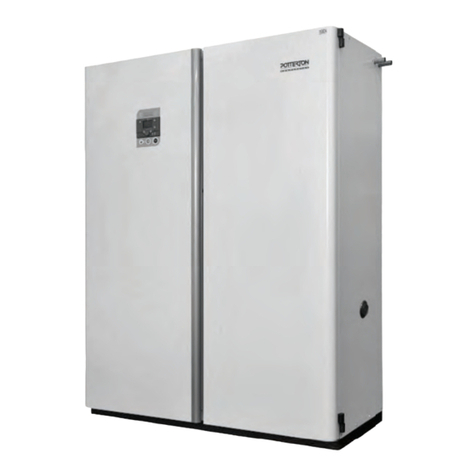
Potterton
Potterton iHE 150 Release note
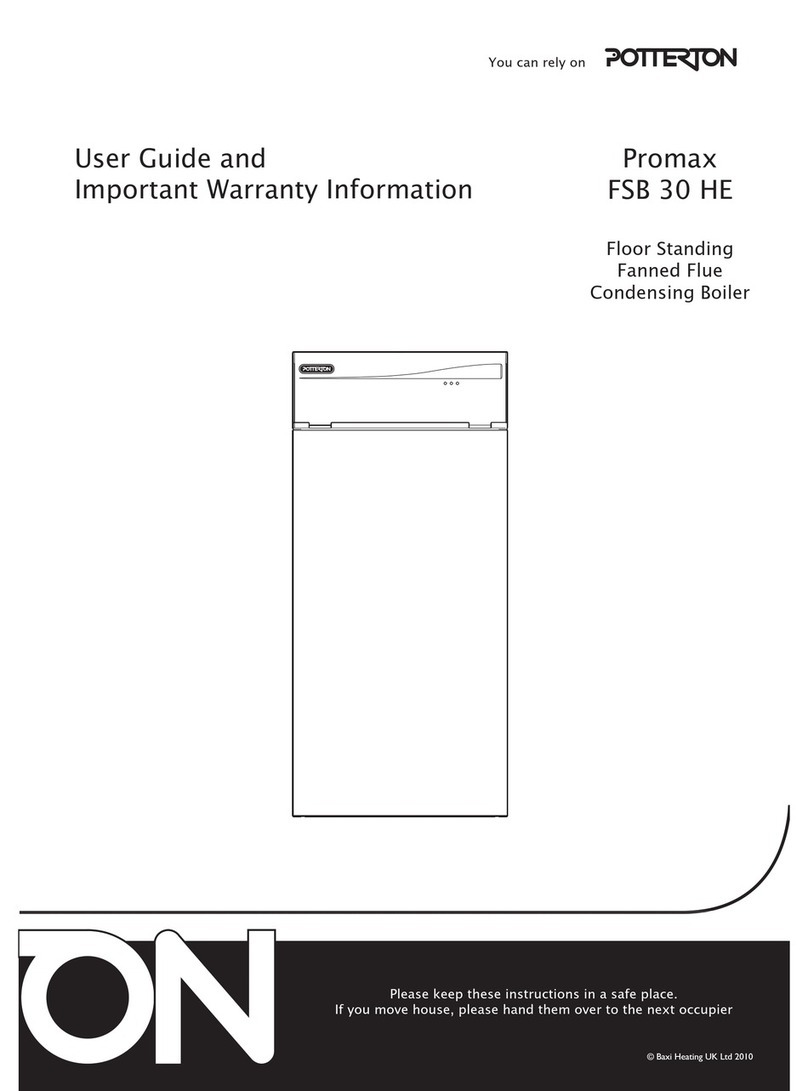
Potterton
Potterton Promax FSB 30 HE User manual
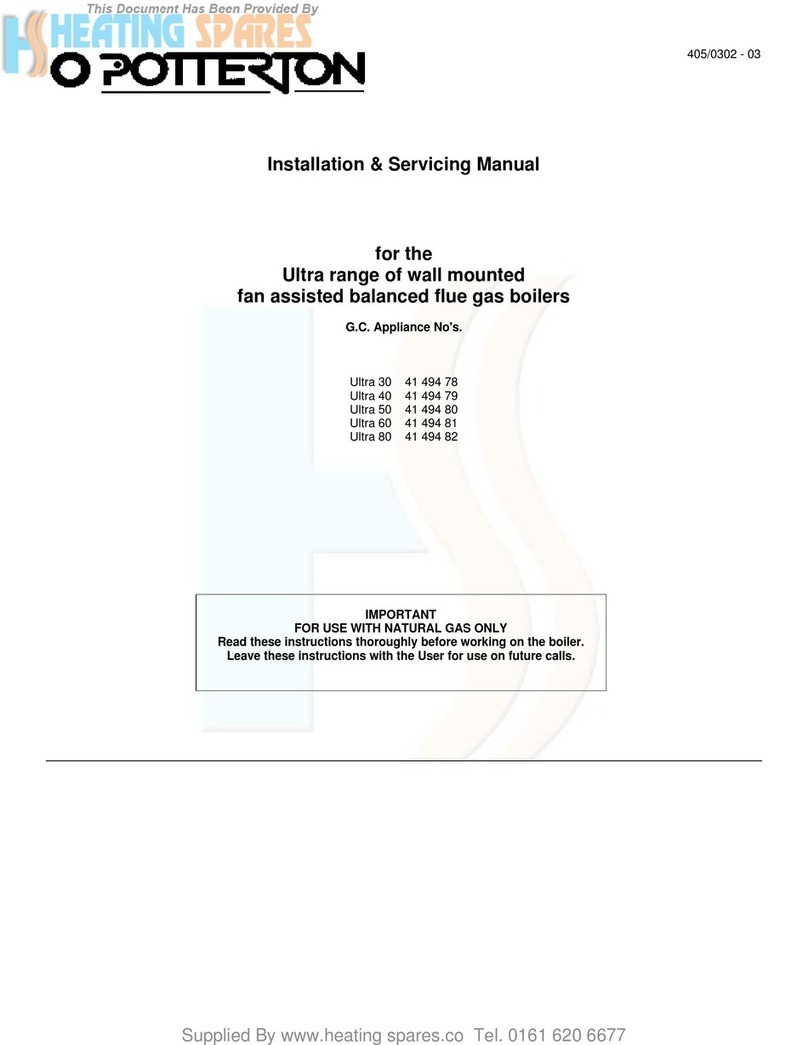
Potterton
Potterton Ultra 30 User guide
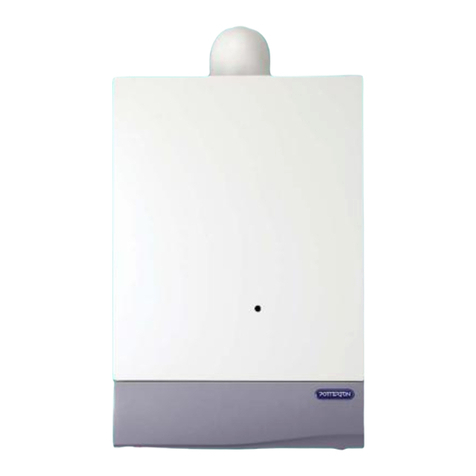
Potterton
Potterton Suprima 80 HE Installation and maintenance instructions
Popular Boiler manuals by other brands
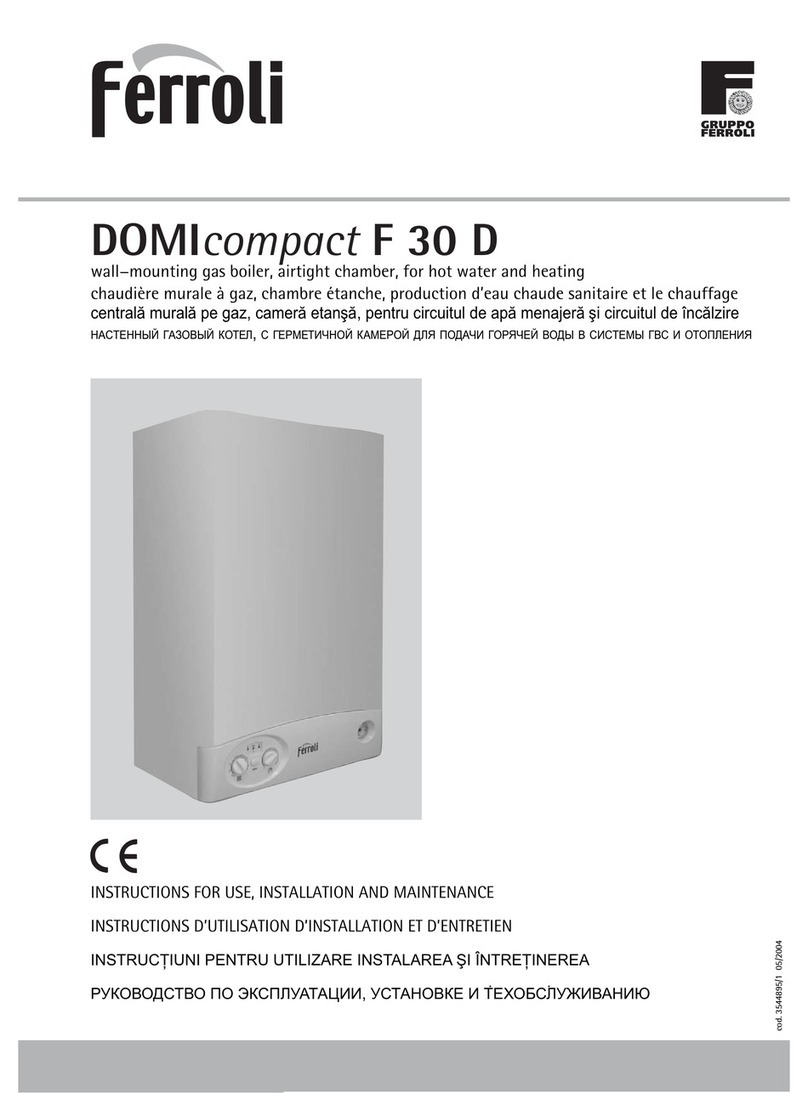
Ferroli
Ferroli DOMIcompact F 30 D null

Vaillant
Vaillant uniSTOR VIH SW GB 500 BES operating instructions

Radijator
Radijator BIO max 23.1 instruction manual

Brunner
Brunner BSV 20 Instructions for use

Buderus
Buderus Logamax GB062-24 KDE H V2 Service manual

UTICA BOILERS
UTICA BOILERS TriFire Assembly instructions
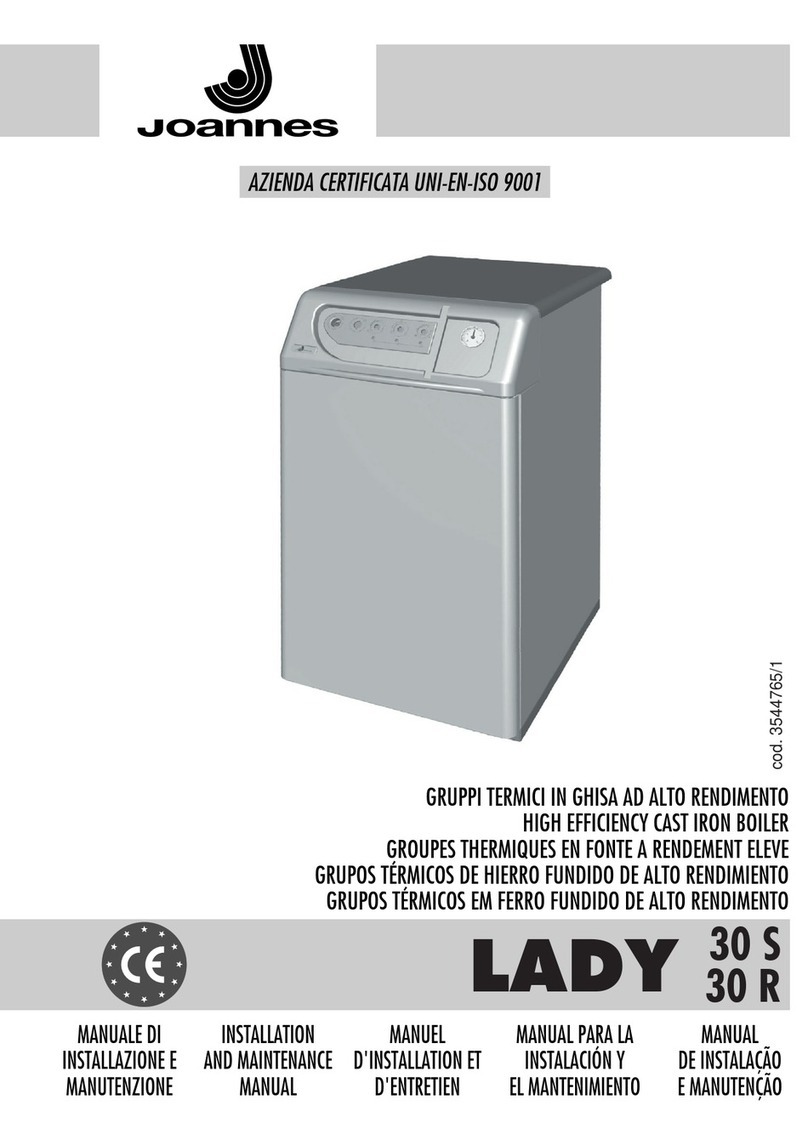
Joannes
Joannes LADY Series Installation and maintenance manual

ECR International
ECR International UB90-125 Installation, operation & maintenance manual
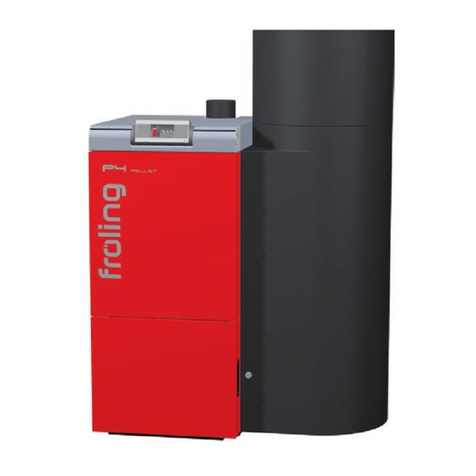
Froling
Froling P4 Pellet 8 - 105 installation instructions
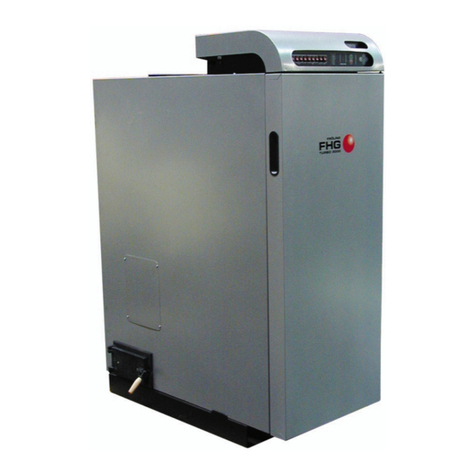
Froling
Froling FHG Turbo 3000 operating instructions

U.S. Boiler Company
U.S. Boiler Company K2 operating instructions
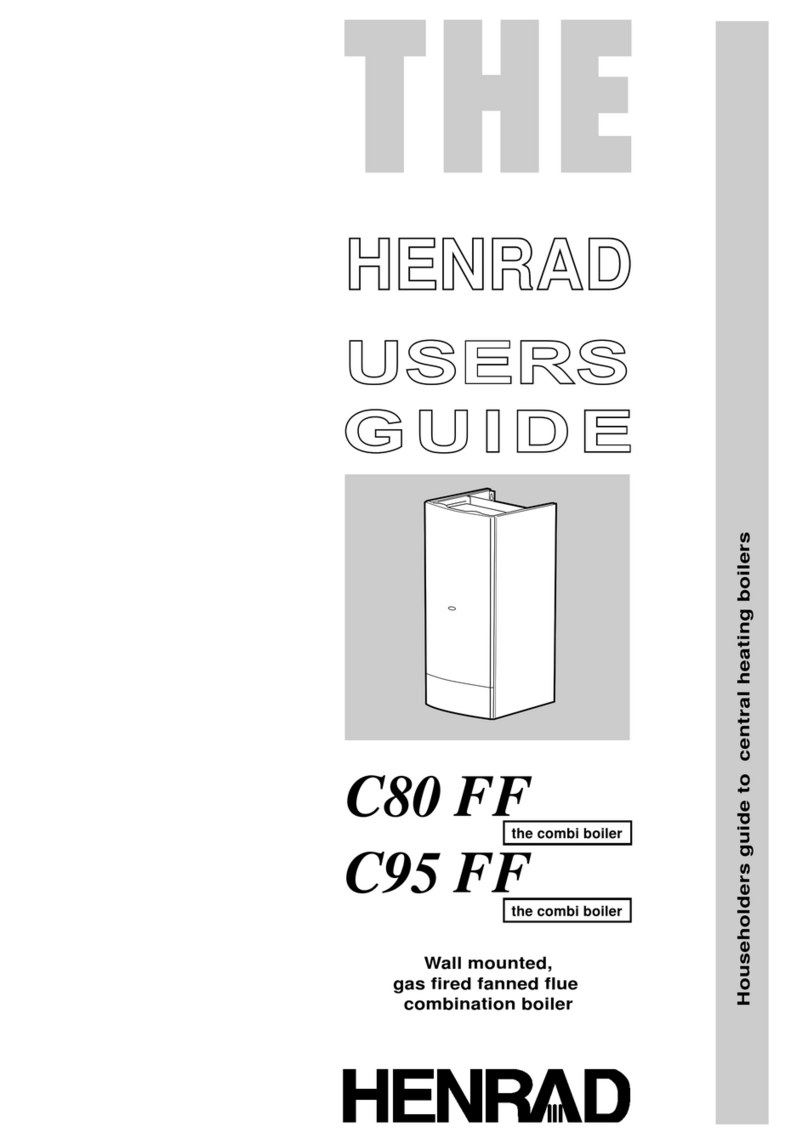
Henrad
Henrad C95 FF user guide

NeOvo
NeOvo EcoNox EF 36 user guide
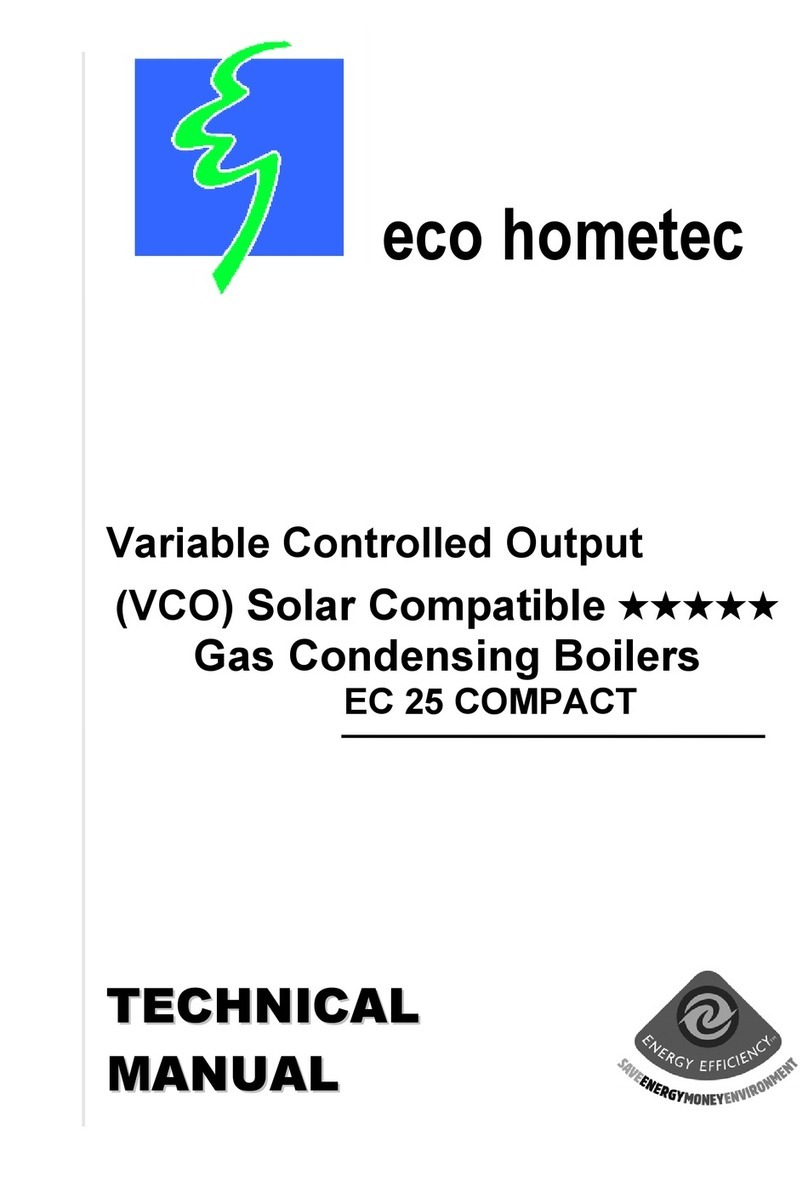
Eco Hometec
Eco Hometec EC 25 COMPACT Technical manual

Viessmann
Viessmann VITODENS 200 Operating instructions and user's information manual
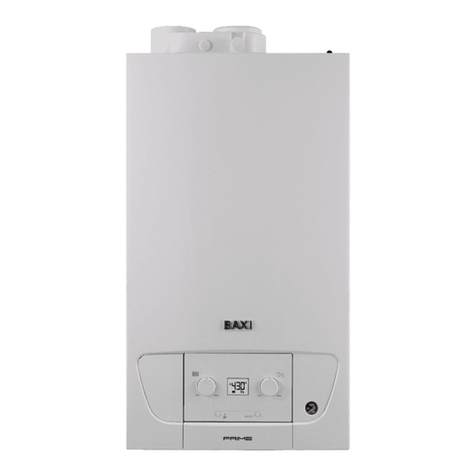
Baxi
Baxi Prime 1.24 installation manual
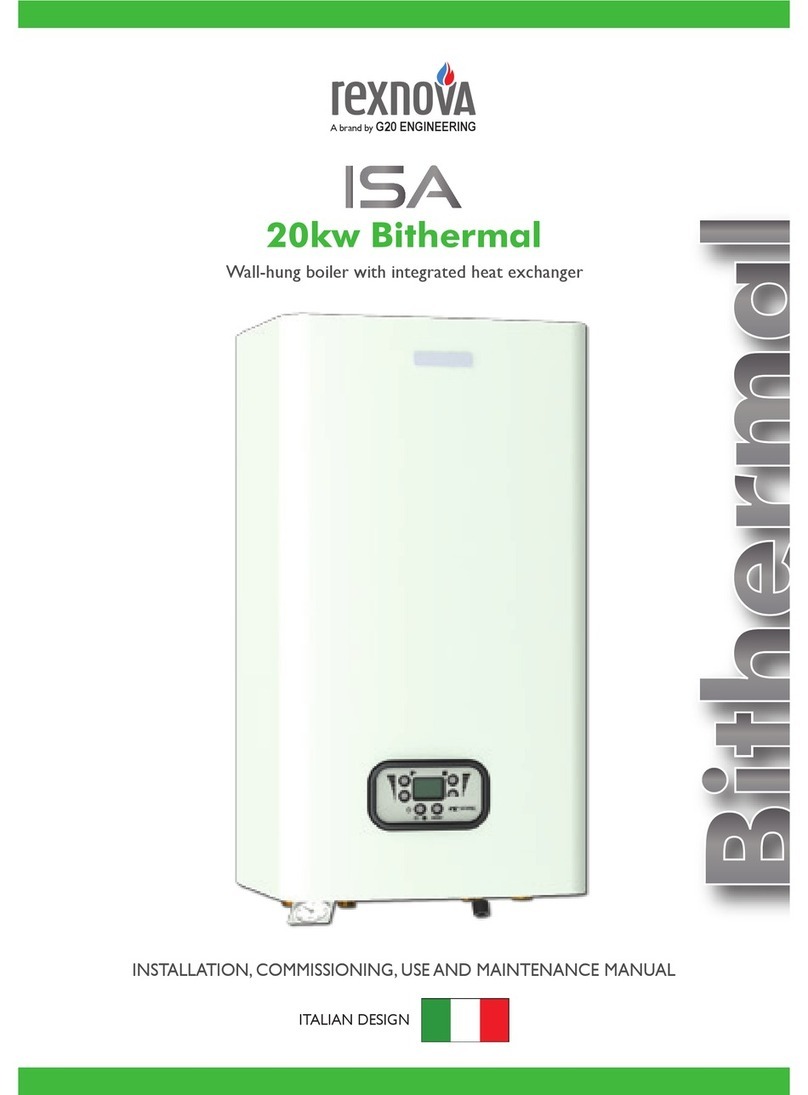
REXNOVA
REXNOVA ISA 20 BITHERMAL Installation, use and maintenance manual
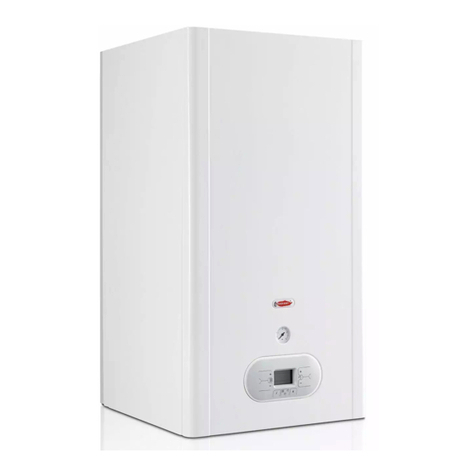
Radiant
Radiant R2K 55 Installation and maintenance manual
